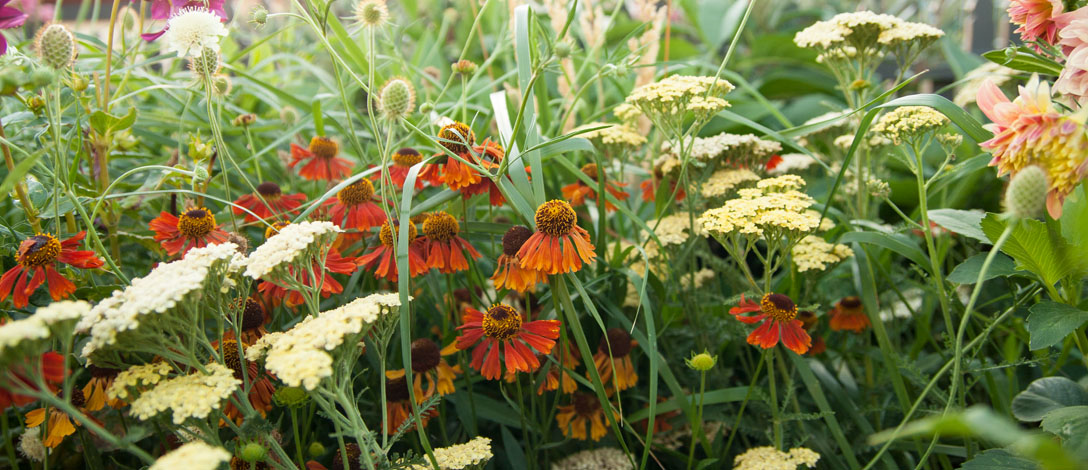First can I just say how comical I find the Melbournian vernacular term for that bit of land between the footpath and the road. ‘Nature strip’ is just the dumbest name, particularly here in Melbourne during summer when they generally turn into forlorn dust bowls largely devoid of anything that could reasonably be called ‘nature’.
Anyway, the story of our nature strip begins with the destruction of the nature on the strip. One September morning in 2015 some men with chainsaws arrived and proceeded to dismember the majestic mature melaleuca stypheliodes outside our house and feed it into a wood chipper.
Watching in horror from the living room window we suddenly felt very exposed.
The mature paperbarks on the street were a big part of our decision to buy the house. The one outside our house did a perfect job of shading us from the hottest sun of the day. I liked the way the street was foreshortened when you stood at the bottom of the hill and looked up it through a long tunnel of trees to a small vanishing point at the crest which might be a door to another world, greener and more beautiful than our rather unromantic suburb.
The local council had commissioned ‘an independent assessment’ of the street trees in our area in the name of ‘extending the urban forest canopy cover’. Paradoxically this had resulted in our tree being slated for ‘strategic removal’. Some of our neighbours suspected the alleged risks of ‘splitting’ and ‘failure’ associated with the ‘poor structure’ of the trees supplied the council a convenient pretext for cutting the costs associated with pruning them around the overhead power lines. A community campaign to save the trees was ultimately successful in saving the majority of paperbarks on our street for now, but the threat of further ‘strategic removals’ in future remains. Our tree was one of five targeted in the first assessment.
The council replaced the butchered paperbarks with some 2 year old lagerstroemia ‘Biloxi’ specimens. Nice trees, but nowhere near substantial enough to provide the same shade, beauty, habitat, carbon sequestration, stormwater and pollution absorption the paperbarks had. A small suburban tragedy.
On the up side, I suspect the occupants of the front garden had been fairly compromised by the overhanging paperbark because they have leapt ahead since the tree was removed. The row of 9 feijoa seedlings and named cultivars I planted inside the fence is actually looking almost hedge-like, and is covered in ripening fruit.
And planting up the nature strip became viable once the big old tree was gone. It took several hours to scrape off the sad remnants of what might once have passed for lawn. It was to be a non-irrigated garden and the initial soil preparation was important, so I spread a couple of cubic meters each of compost and composted bark mulch over the pale powdery dirt. Into this I planted a mixture of native tube stock – tussock grass, westringia, silver cushion bush and break o’ day daisies, as well as a few rooted cuttings of mexican sage and some surplus purple tradescantia and bearded irises I had hanging around.
Within 6 months a few too many volunteer euphorbia characias wulfenii seedlings had turned up. I couldn’t quite bring myself to get rid of them all, and in spring it was very lime green and purple out there.
Amazingly everything has survived, and although this late in the season there’s not much green left in sight, the purple theme has been continued by all the self-seeded verbena bonariensis.
This last photograph shows what irrigation can do for a garden.
The plants outside the fence are toughing it out without any water except what falls as rain, which has been utterly negligible in recent weeks. Fortunately they are the kind of plants that can hack it, but the dominant colour out there by mid summer is distinctly dry biscuit. Inside the fence the garden is bigger and greener, luxuriating in its weekly hour of drip line irrigation.








